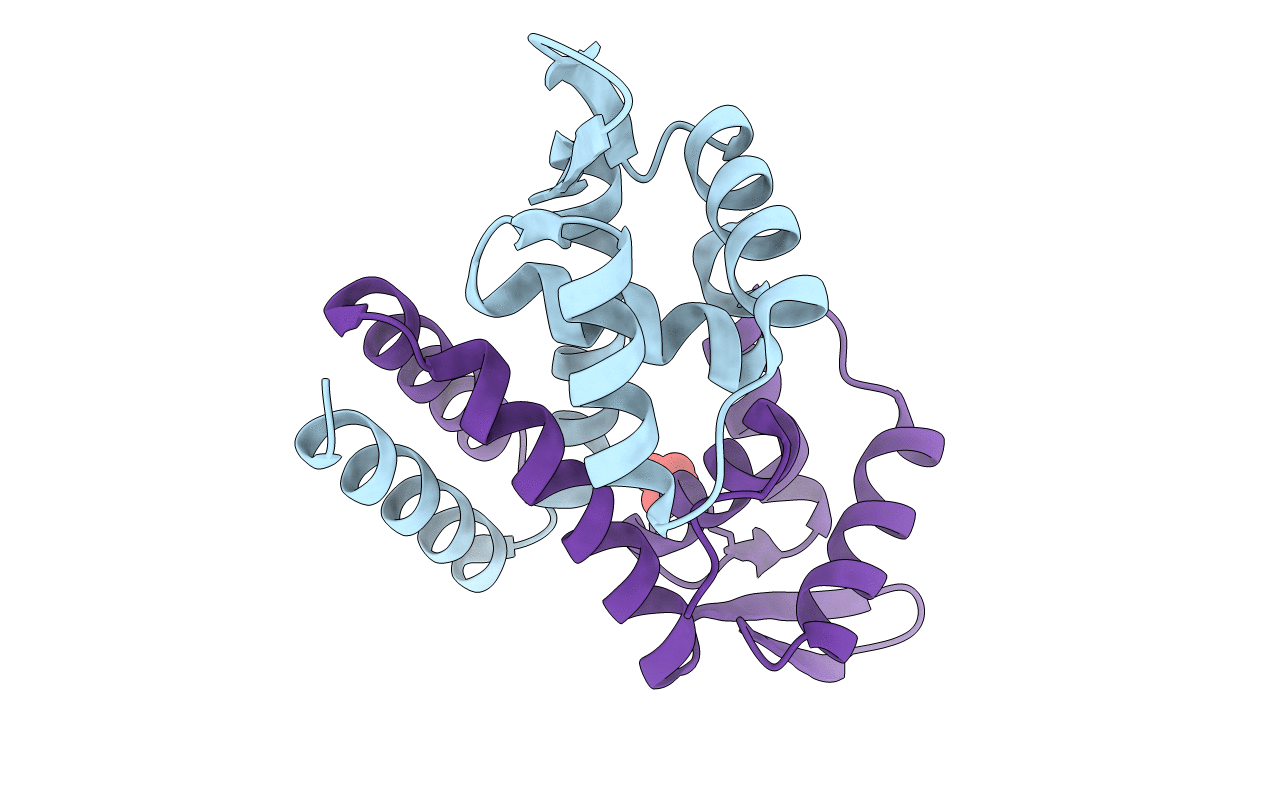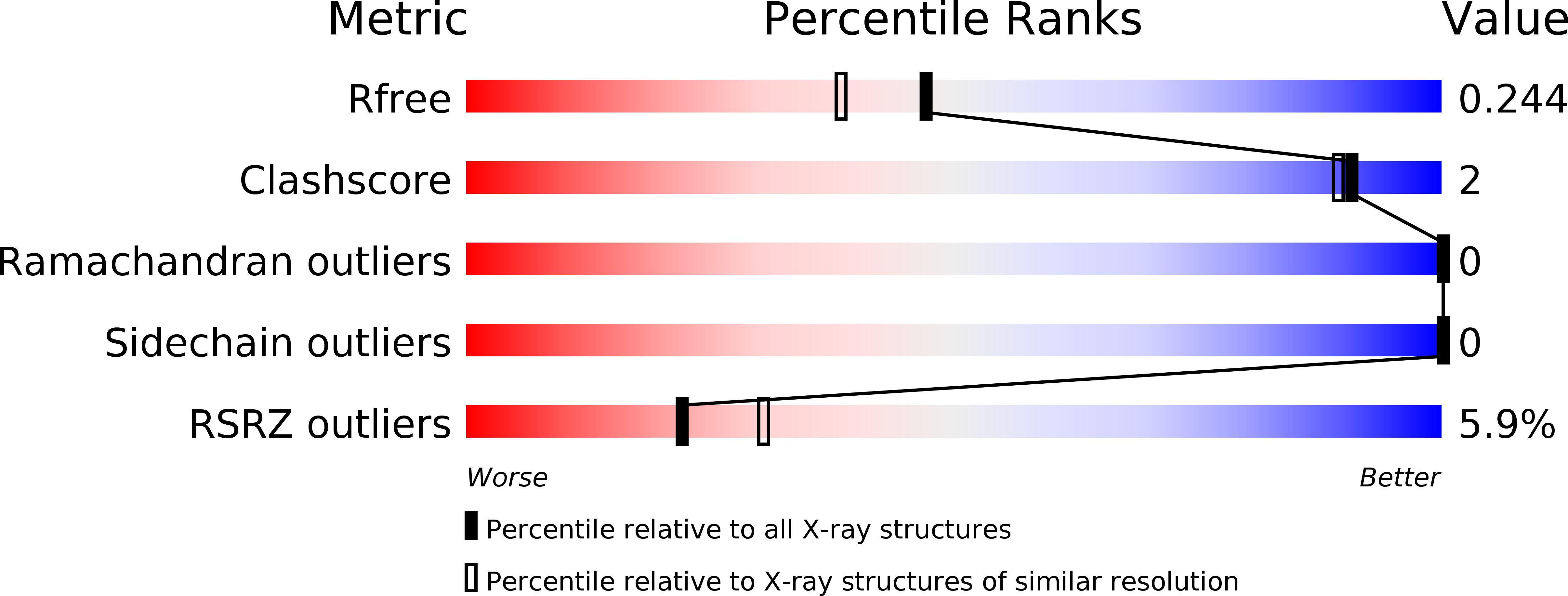
Deposition Date
2017-12-16
Release Date
2018-08-22
Last Version Date
2024-05-01
Entry Detail
PDB ID:
6FAQ
Keywords:
Title:
Structure of H. salinarum RosR (vng0258) grown from KBr
Biological Source:
Source Organism:
Host Organism:
Method Details:
Experimental Method:
Resolution:
1.95 Å
R-Value Free:
0.23
R-Value Work:
0.18
R-Value Observed:
0.19
Space Group:
P 1 21 1


